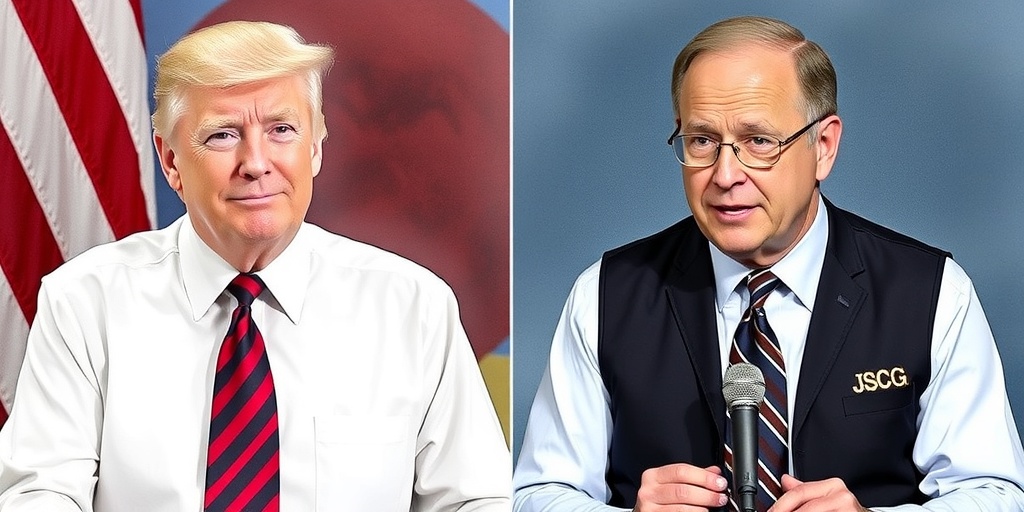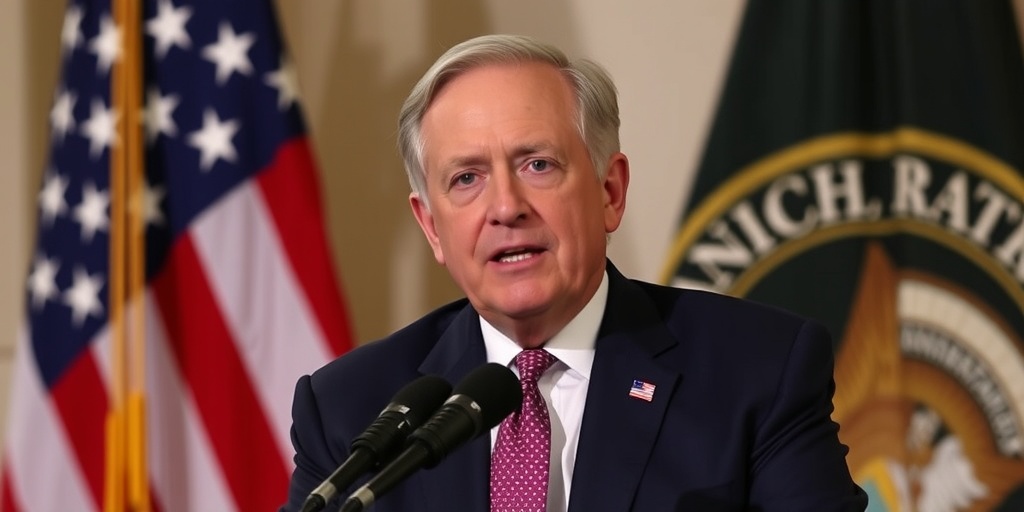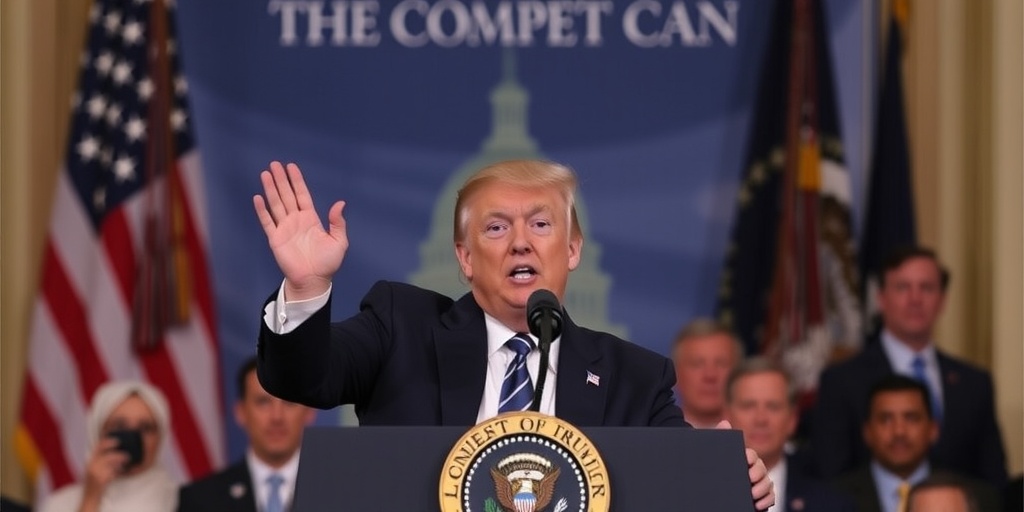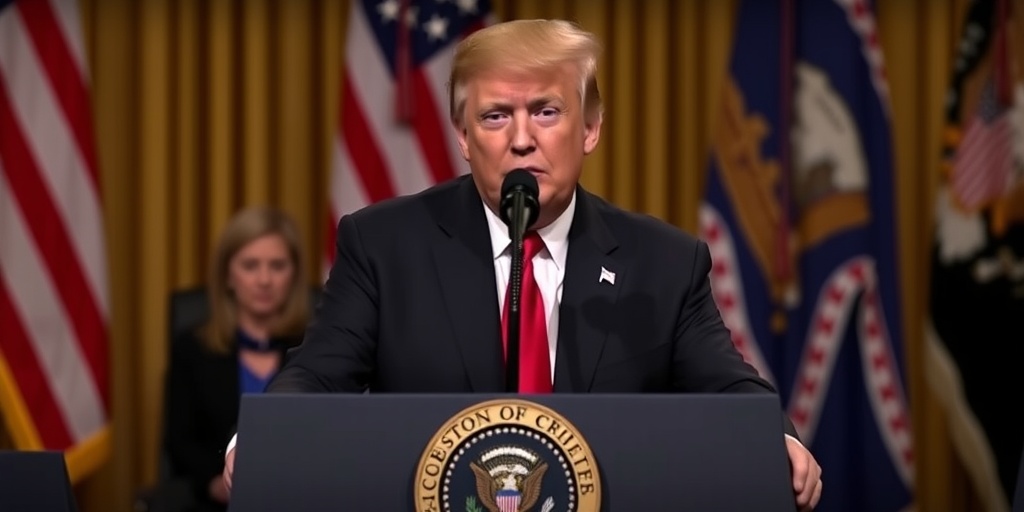Now Reading: Trump’s Key Messages to Congress: Four Speeches Summarized
-
01
Trump’s Key Messages to Congress: Four Speeches Summarized
Trump’s Key Messages to Congress: Four Speeches Summarized
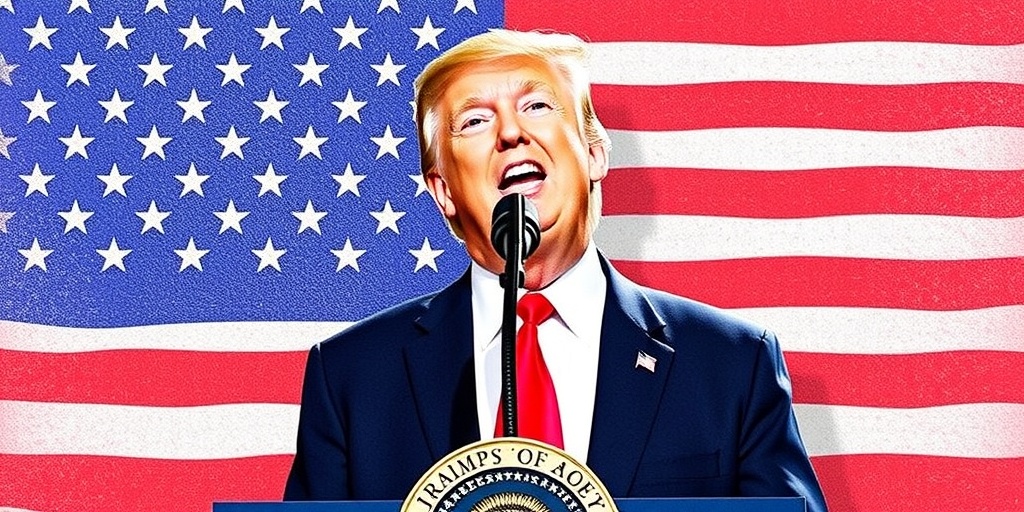
Title: Trump Set to Address Divided Congress Amidst Legislative Strains
As President Donald Trump prepares to address a deeply divided Congress on Tuesday, the nation is once again reminded of the complexities that characterize his relationship with the legislative branch. With his aggressive use of executive orders invoking a plethora of contentious issues, the dynamics between Trump and Congress have evolved–often tumultuously–since he assumed office.
The upcoming speech is poised to highlight not only the challenges of governing in a polarized political environment but also the persistent clash between the executive and legislative branches of government. Trump’s presidency has been defined by a series of key moments that have tested the limits of congressional authority, making this address particularly significant.
From the outset of his administration, Trump demonstrated a clear inclination to bypass Congress when it suited his agenda. His first major act as president, the signing of an executive order to restrict travel from several predominantly Muslim countries, sparked immediate backlash and heated debate within Congress. Critics argue that this move undermined the legislative body’s role in shaping immigration policy, while supporters viewed it as a necessary step to enhance national security.
In the first year of his presidency, Trump’s relationship with Congress was characterized by his reliance on executive action to implement key policies, including tax reform and healthcare changes. The Tax Cuts and Jobs Act was a significant achievement, passed through a narrow vote in the Senate. However, this success came against a backdrop of fierce opposition and accusations of sidelining the legislative process.
Trump’s approach to health care reform further exemplified the tensions with Congress. Following the failure of the American Health Care Act to gain enough bipartisan support in 2017, the president resorted to executive measures to alter the landscape of health care, such as expanding access to short-term health insurance plans. This tactic, while effective in some regards, drew criticism for circumventing the complexities and deliberations ideally associated with legislative processes.
Throughout his first term, the president’s interactions with congressional leaders have oscillated between collaboration and confrontation. Notably, his relationships with former House Speaker Paul Ryan and Senate Majority Leader Mitch McConnell have been fraught with moments of discord, particularly when it came to issues like immigration and government funding. Instances such as the 2018 government shutdown over border wall funding brought to light these tensions, as Trump grappled to push his agenda against an often-reluctant Congress.
Furthermore, his interactions with the opposing party have been particularly controversial. The Democrats have accused Trump of undermining democratic norms with his executive orders, which many lawmakers believe erode the checks and balances that are foundational to the U.S. political system. The impeachment proceedings initiated against Trump in late 2019 further inflamed partisan divisions, and his acquittal by the Senate only served to deepen the rifts.
Now, as he prepares to address Congress once again, Trump faces considerable challenges in moving forward with his agenda. With control of the House of Representatives shifted to the Democrats, any further executive actions could provoke heightened scrutiny and opposition from lawmakers who are unwilling to compromise on significant policy issues.
The state of affairs leading to this address marks a critical juncture in Trump’s presidency. The ongoing debates surrounding critical issues such as immigration reform, healthcare, and economic recovery from the COVID-19 pandemic will undoubtedly take center stage during his speech. Moreover, the implications of his executive orders and their potential ramifications on legislative authority will be scrutinized in real-time, as Congress weighs its response.
As the nation watches, this address will serve not only as a critical moment for Trump’s administration but also as a reflection of the larger national conversation about the balance of power in American governance. The question that lingers is whether Trump can find common ground with a divided Congress or if he will continue to rely heavily on executive action as his primary tool for enacting his policy vision.
In conclusion, the evolving relationship between President Trump and Congress illustrates a dramatic chapter in U.S. political history. As he stands before lawmakers this Tuesday, asking for their collaboration, it remains to be seen whether the divisions can be bridged or if the stalemate will persist, leading to an era defined by executive unilateralism. The outcome of this continuing saga could reshape the future of legislative power in America for years to come.
Stay Informed With the Latest & Most Important News
Previous Post
Next Post
-
 01New technology breakthrough has everyone talking right now
01New technology breakthrough has everyone talking right now -
 02Unbelievable life hack everyone needs to try today
02Unbelievable life hack everyone needs to try today -
 03Fascinating discovery found buried deep beneath the ocean
03Fascinating discovery found buried deep beneath the ocean -
 04Man invents genius device that solves everyday problems
04Man invents genius device that solves everyday problems -
 05Shocking discovery that changes what we know forever
05Shocking discovery that changes what we know forever -
 06Internet goes wild over celebrity’s unexpected fashion choice
06Internet goes wild over celebrity’s unexpected fashion choice -
 07Rare animal sighting stuns scientists and wildlife lovers
07Rare animal sighting stuns scientists and wildlife lovers













